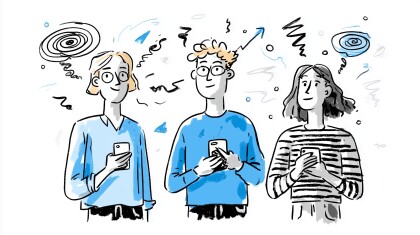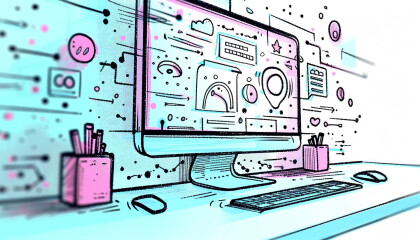Surprisingly, there is still huge confusion around what User Experience actually is. In our age of technology and the focus on the next best, biggest thing, there’s often very little emphasis placed on making sure the user gets their say.
Whatever you’re building, someone will be using it. What do they want or need it to do? Are they good with technology, or do they struggle to turn their computer on? These are the kinds of questions and insights a User Experience (UX) expert provides. They advocate on behalf of the user.
My name is Natalie, and I am the first User Experience Guru to come on board at Media Suite.

Getting Into UX in the First Place
Most companies have the very beginnings of a UX culture, or they have a person who has ‘user experience’ somewhere in their job title. It’s a tricky and varied field to get into, but once you’re there, the opportunities are pretty limitless.
My UX journey started with an internship through a Callaghan Innovation Grant.
Interning…
The Callaghan Grant landed me smack in the middle of my first UX team. I was the intern to a pair of Senior UX Designers. I was nervous and excited, with drawing implements in hand and brain ready to learn. Here we focused on finding which tools worked best for our process (I can’t believe how many have now exploded across the web). I loved the supportive environment, allowing me to “fail fast” with constructive feedback.
It was also great that everyone was on-board with our not-so-secret user-focused agenda. We had a working wall which sparked great debates and helped involve everyone, from the developers to the clients. Working walls or war rooms are where you stick up anything and everything important to the project you are working on – such as designs. This open culture meant that even those up the food chain were on board with how important our users were, and had their ears open.
Starting From Scratch
My next jump was like getting my training armbands taken off in the adult pool.
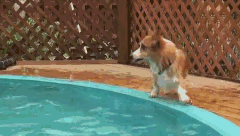
This company was a UX wasteland, with no team or UX culture to build from. It was bare bones, but oddly liberating – although there were definitely periods where I got ‘Imposter Syndrome’. This is another super common term in my industry, essentially where you feel like your skills are not up to par and that someone will find out that you are a phoney.
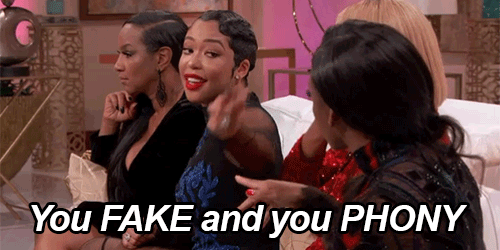
I was brought on with a UX contractor managing my work. Here I experienced first hand the growth, and what it meant to be a graduate, junior, and then an intermediate. My focus was on two of their main products. Both were legacy and looking to move into the web space instead. It was a chance to learn about up and coming tech, as well as jumping on the bandwagon with material design and angular.
One of the things we were aiming to achieve was to be included in discussions around new features and with potential clients – gently nudging here and there in order to put the focus back onto our users and their experiences, rather than putting out features because we thought they were needed. Interviews in order to create our personas helped a lot. It gave us something to bring to conversations, and we also brought along a developer each time so that they could finally see and talk to an end-user face to face.
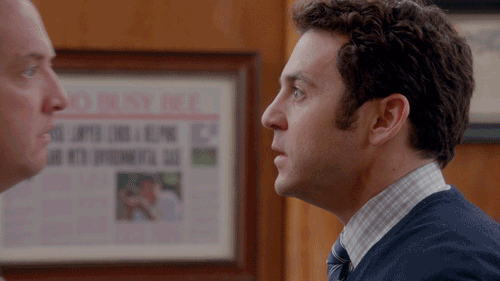
The journey here was all about the culture shift, having an open door policy, friendly faces and lolly drawer competitions leading to casual conversations. We started finding more out about projects by coincidence, and then later by being involved in up-front conversations around company direction.
It was also here that I got introduced to the convoluted web of Jira and confluence, discussions with subject matter experts and product owners – or in the IT world of acronyms SMEs and POs.
Communication was such a key point. I learned that instead of having long conversations over Slack or in Jira, it was much better to just have a Zoom video call. There were so many things that could be left to interpretation through messaging that I almost ended up with a personal rule:
If it was going to be more than a sentence of typing to explain, I needed to make a video call or go have a chat if we were in the same office space.
Eventually we made it all the way to six team members and started to think about specialising on what each of us really loved and wanted to develop in. We learned how important team fit and culture really is. This allowed mentorship and constructive ideation, and showing a united front to convince others that users are everyone’s thing.

At Media Suite
Now I’m on my next big adventure. At Media Suite I have different challenges. The door is wide open both for learning and helping develop a UX work style, because we already have a focus on who we develop for. I don’t need to preach – I’d be preaching to the choir – so I’m working towards a toolkit and process that I can help with while teaching what I know. Here I have so much freedom to find out what parts of UX float my boat, as well as helping with testing and asking the truly important questions – who, what, when, but most importantly, why.
Next Steps…
The next few months sees me working on two key projects, helping improve workflows and sharing the knowledge I’ve gained about our users from interviews. I’m excited to be part of the beginning journey for one of our ecosystem projects, as well as supporting and flexing my testing fingers to help with another project’s roll-out.
Banner image: Photo by Milad Fakurian on Unsplash





